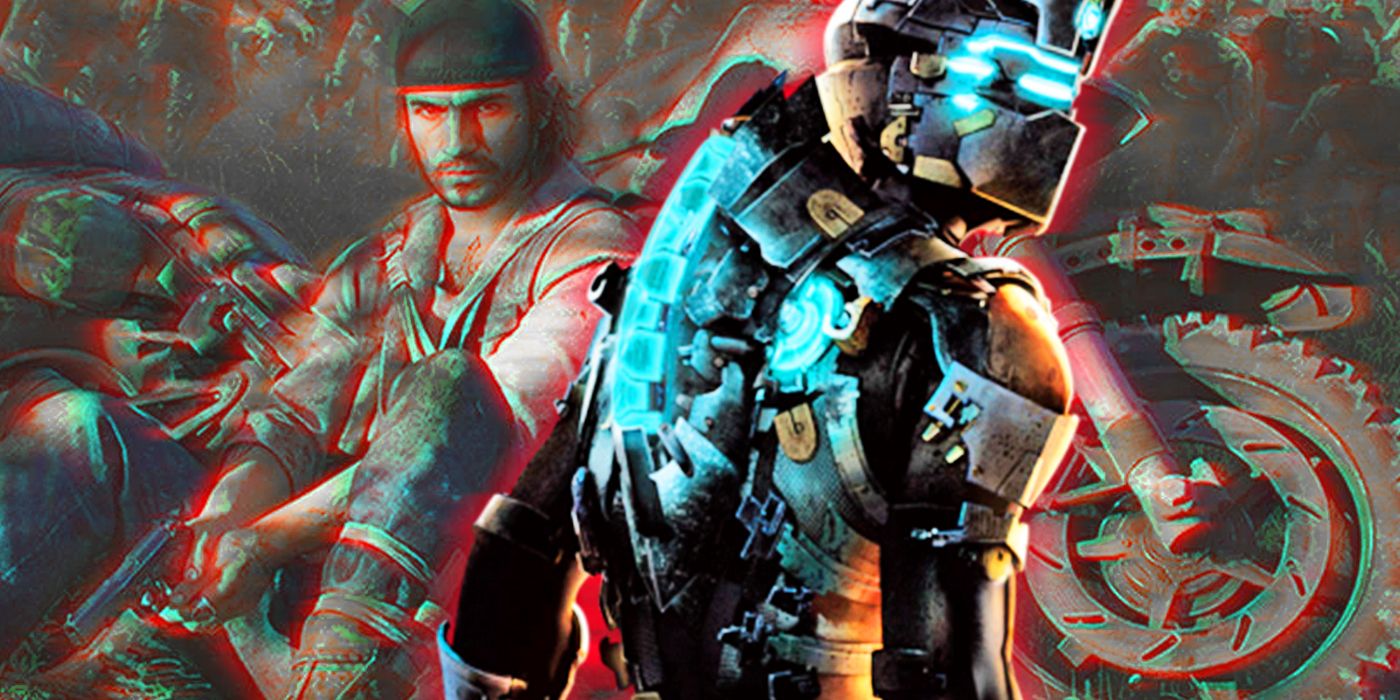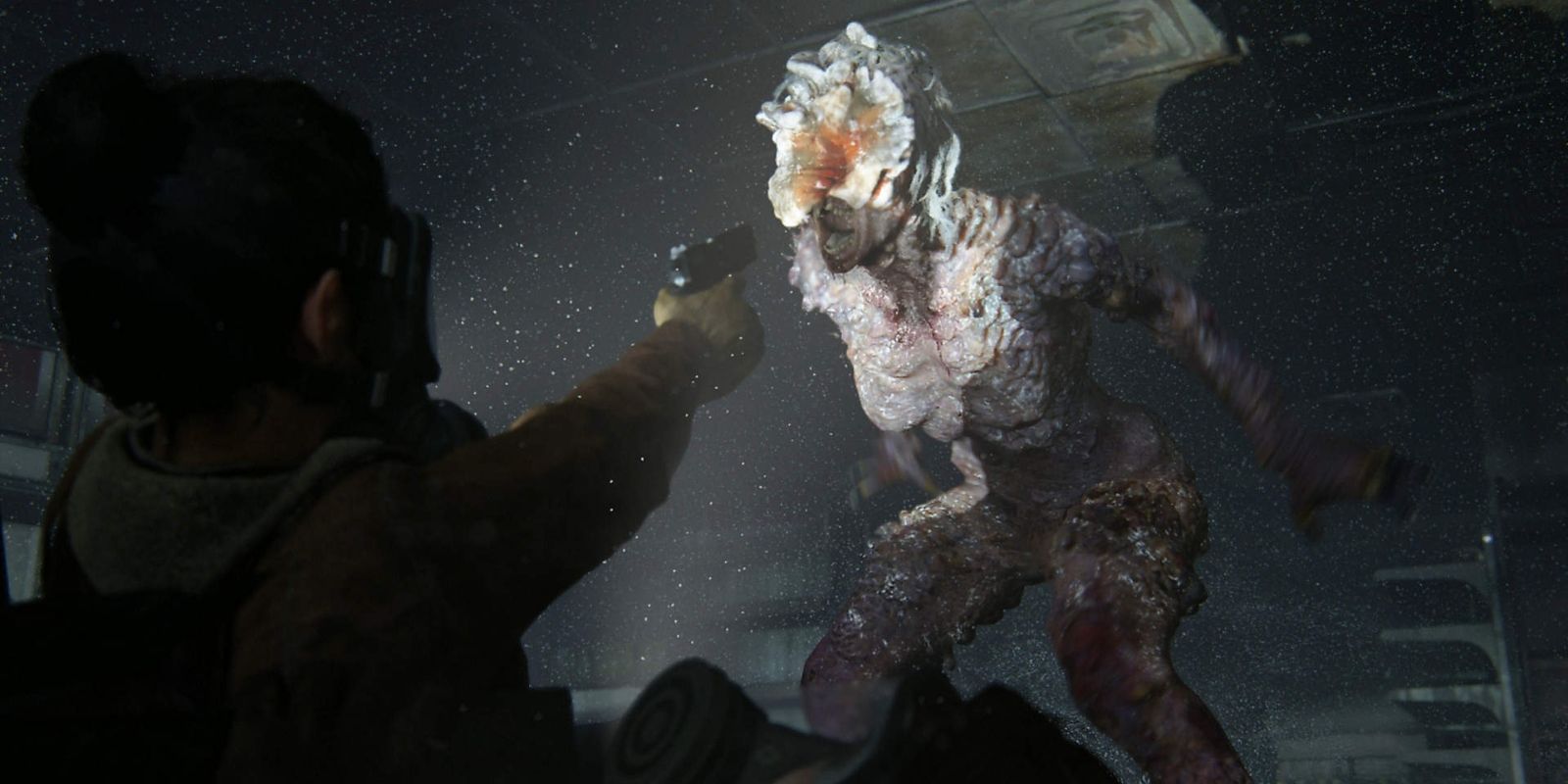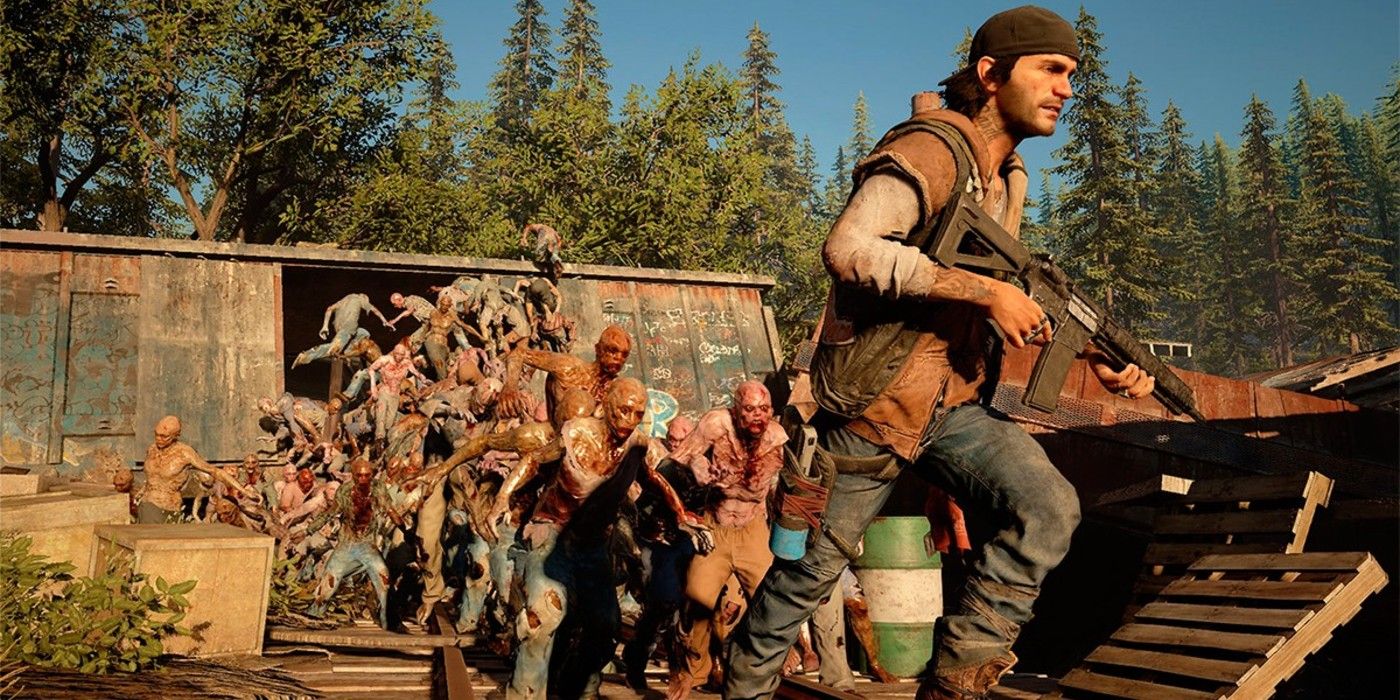When the original Resident Evil was released in 1996, the world was introduced to a new world of zombie survival horror games. Since then, the genre has gone through several permutations and has waned over time. Now, most zombie games have been found as add-ons to larger titles like Call of Duty. However, while the traditional idea of the walking dead appeared to be getting put to rest, a new evolution in both the zombie and horror genres has started to take its place.
More recent titles in the past 20 years have proven that the best zombie games are the ones that don't even feature them. Some titles teased the idea of the undead being anything but, like Left 4 Dead, but the real example of variation began to appear in Dead Space. While the creatures known as the necromorphs are still reanimating corpses, the main draw to their design and creation lies in the infection that mutates them. This was one of the earliest examples of a game that focused more on the mutations created from infection rather than corpses emerging from the grave.
As the genre continued to evolve, even more games featuring infected creatures rose to prominence. By doing so, the enemies also became harder to kill. Franchises like The Walking Dead have proven that a corpse is a lot easier to kill than an infected human due to the body decaying. Since the infected individuals in games like Days Gone and The Last of Us aren't technically dead, they are much stronger. However, a larger emotional burden came packaged with the difficulty.
Fighting off infected individuals is a massive challenge physically speaking. Still, as the world continued to fall into chaos, the idea of seeing people as something to kill became a scarily comfortable thought for everyone. Now, entire neighborhoods have become infected by creatures that only live to consume or spread a virus and have to be eliminated. Not many people in these games can do that, and those that do have become much colder for it. Characters like Joel in The Last of Us serve as a great example of someone who has killed both infected and uninfected people and lost his humanity in the process for a time. However, there are moments in the game where Joel can hear the humanity in the infected individuals as they cry while they feed. It's a haunting gameplay addition to an already emotionally heavy series.
While the story and motives of modern post-apocalyptic zombie horror games have taken a turn for the more impactful, the monsters themselves have also decided to adapt to the times. What makes infected zombies so much more entertaining than their predecessors is the concept of variations. This was seen early in Left 4 Dead with mutations like the Tank, Hunter and Witch. However, games like Days Gone have taken things a step further by creating variations in humans and animals. Particularly in that game, infected bears and crows join the ranks of literal hordes of infected people called, Freakers. The subtle growth of a virus helps add more danger to a threat that can grow stale quickly otherwise.
Since the original Resident Evil, even that franchise moved away from the traditional zombie premise. Enemies like Nemesis and Wesker have shown that the franchise can evolve just like a virus and create even better and more creative foes. The series is knocking on the door of another potentially new genre with their universe's version of Vampires and Werewolves in Resident Evil 8.
Zombie games have had an up-and-down relationship with gamers. However, now that they have found their place with gamers, titles became much scarier and emotionally resonant with fans. Its future is looking brighter than ever before and continues to add new characters and iconic monsters. All it took was taking traditional zombies out of zombie games.



